Electric Cars
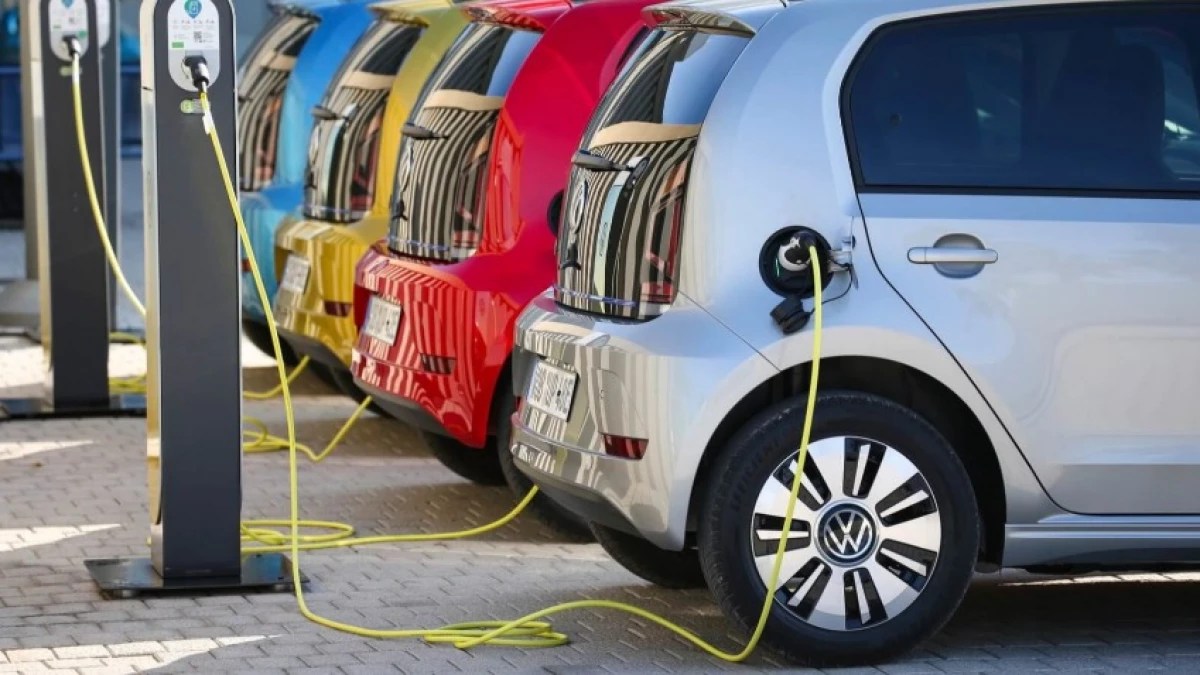
In Ukraine, the number of electric cars has tripled in 2023. Last month saw another impressive record. In August alone, Ukrainians purchased a record-breaking number – almost 4,000 electric cars. As a result, the fleet of electric vehicles in carbon-neutral transportation has grown.
Sales of electric cars are increasing worldwide, accounting for approximately 10% of the total market last year. 'But for our country, choosing carbon-neutral transportation is not just a trend; it is, above all, a manifestation of eco-awareness and responsibility. One of the most significant environmental problems in Ukraine during the war has been air pollution,' says Alevtina Hutsal, the director of the Ukrainian Environmental Anti-Crisis Fund.
According to the Ministry of Environmental Protection and Natural Resources of Ukraine, the volume of harmful substance emissions into the atmosphere during the war is equivalent to the emissions of an entire metallurgical enterprise for a whole year of operation. It is even challenging to imagine, but it needs to be understood.
Online Tree Map
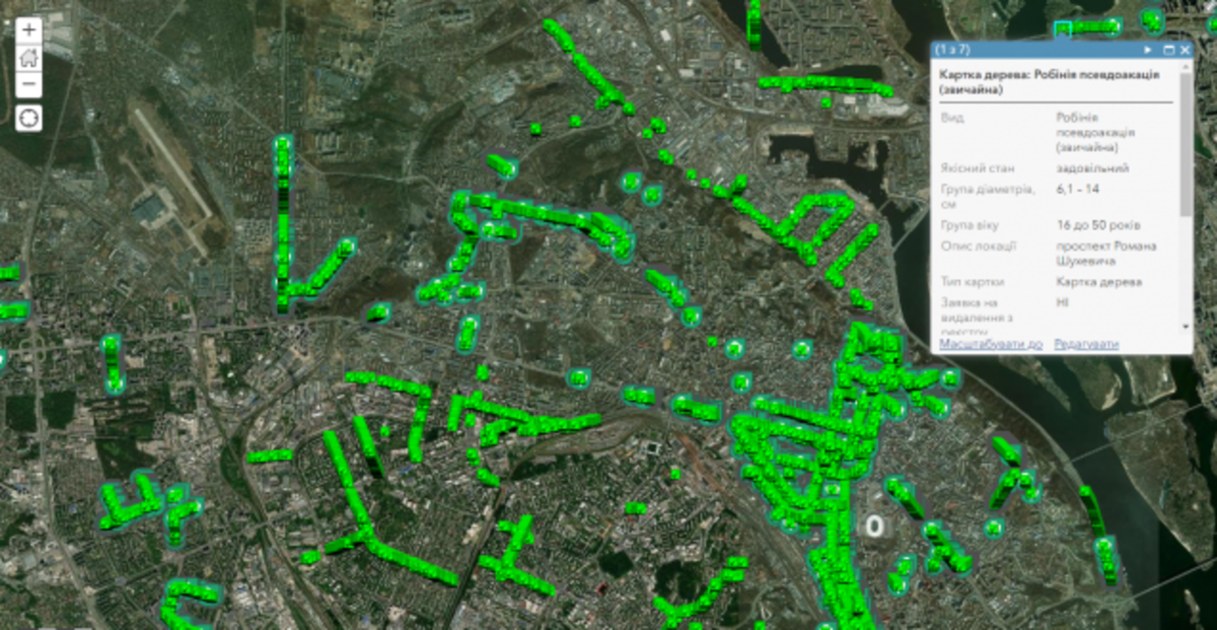
Do you know how many trees are in your city? Is the tree near your house really 'beyond cure,' and does it need to be removed immediately, as the armed municipal worker with a chainsaw claims? How can you know and control this?
An effective tool for control is an online map that includes photos of each tree in the city with its location coordinates, information about the species, trunk diameter, height, and most importantly, the condition of the tree.
Online tree maps have been created in many cities around the world. For example, the tree map of New York City contains information about over 850,000 trees.
Digital tree inventory has also reached our country. In Kyiv, all urban trees are being digitized. It's an initiative and an example that every Ukrainian city should follow. Because every tree is worth its weight in gold. Always, and especially now.
Forest Fires
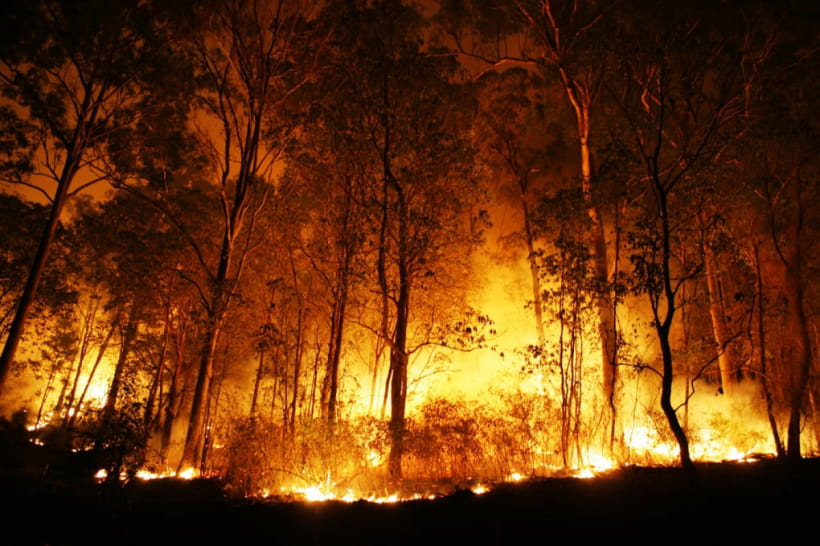
Rescuers repeatedly urge people not to burn dry grass and garbage, but some continue to do so stubbornly. This method of 'cleaning up' is a dangerous practice that causes fires in ecosystems every year.
It's hard to understand, but even wartime has not been an exception. At the end of August, a fire caused by unauthorized burning of dry grass destroyed 48 hectares of forest in the protected area 'Andriyivske' in Mykolaiv Oblast.
More than 3 million hectares of forests have been affected by the war. This is almost one-third of our forest resources. It will take at least 20 years to restore them. Do the arsonists understand this? Probably not. However, they should be aware that since March 2022, burning dry vegetation is considered sabotage and a criminal offense. Burning dry grass can result in a person facing 10 to 15 years of imprisonment and confiscation of property. Harsh? Yes. But it may be the only effective way to stop this recklessness.
Animals in Danger
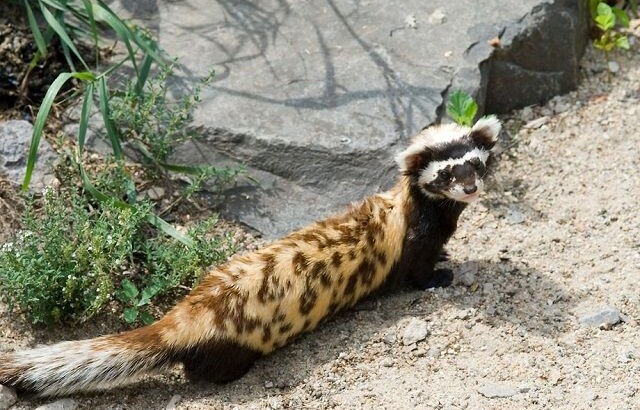
Approximately 600 species of animals and 750 species of plants are under threat of destruction due to Russia's full-scale invasion of Ukraine. In fact, 35% of Europe's biodiversity is at risk.
Environmental disasters know no borders, and European countries are already witnessing the consequences of wartime crimes against nature.
Despite everything, Ukraine continues to fulfill its international obligations in environmental protection. This is our conscious choice, responsibility, and concern that unites thousands of eco-activists, environmental experts, the government, and the non-governmental sector. We feel the support of our Western partners.
Currently, we have started preparations for the International Environmental Forum 'Ecologics.' Thanks to everyone who collaborates with us! We are always open to professional ideas and proposals.
Recovery Projects
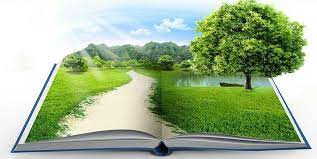
«Right now, there's no time for environmental conservation measures. People have nowhere to live, and there are almost no roads.» This is the opinion of one of the community leaders who suffered significant damage during the war. Honestly, he's not the only one postponing environmental conservation measures for later,» says Alevtina Hutsal, the director of the Ukrainian Environmental Anti-Crisis Fund.
Environmental recovery is «not a priority» also because it's challenging for communities to argue for resources that need to be spent «here and now,» with results that will only become noticeable over a long time. However, without timely response to environmental risks, responsible community development planning is virtually impossible. Restoring natural ecosystems is a guarantee of safe and comfortable living for people in communities.
«That's why we're initiating the creation of support materials for community leaders, especially in smaller communities, to help them develop and promote projects for the restoration of affected ecosystems. Environmental management has its own specifics, so a modern, up-to-date methodological and methodological base should be created, which will significantly increase communities' chances of securing funding for environmental restoration projects,» noted Alevtina Hutsal.
Chemicals in Soil
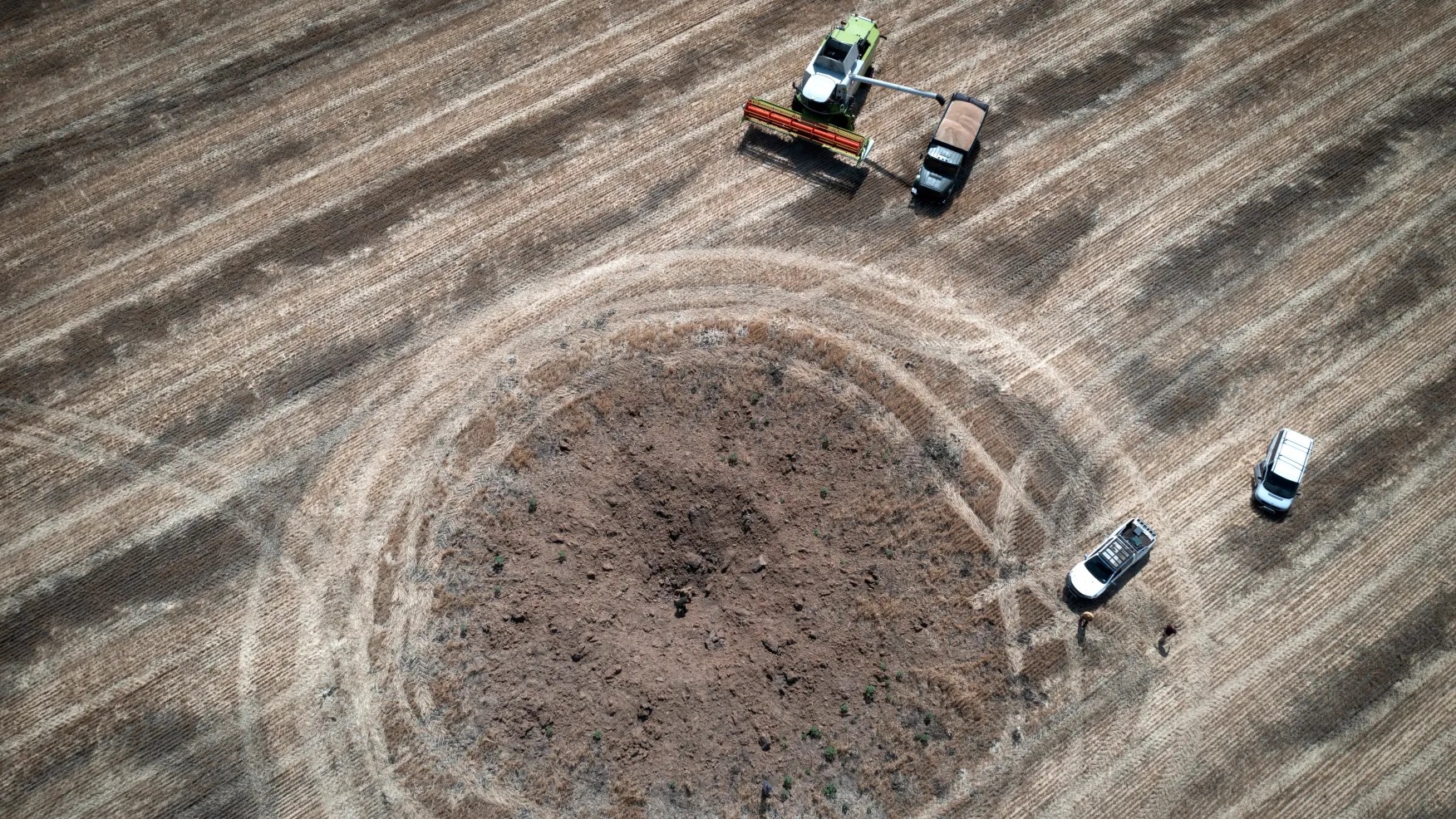
Ukraine possesses approximately 8% of the world's black soil reserves. This is, without exaggeration, a real treasure that we are losing every day of the war. Many of our agricultural lands are literally devastated by the war.
There are tons of chemicals in Ukrainian soil right now. Unearthing a crater from a shell and continuing to grow agricultural crops is extremely dangerous because all heavy metals, sulfur, and so on will end up in the human body. The best practice is to remove the contaminated soil and replace it with clean soil. However, we don't have specialized landfills where we could bury such 'dead' soil. And there's no 'extra' land to fill all the explosive craters. So the only way out is to treat our land.
The Institute of Microbiology of the National Academy of Sciences of Ukraine has developed microbial preparations that allow us to 'heal' the soil. They can not only cleanse it from contaminants but also enrich it with beneficial microorganisms. These preparations can evidently be used for soils affected by the war.
Currently, scientists are conducting research. Support for this research direction should become a top priority because this is also a front, a battle for the future of our land.
Changes in the draft law
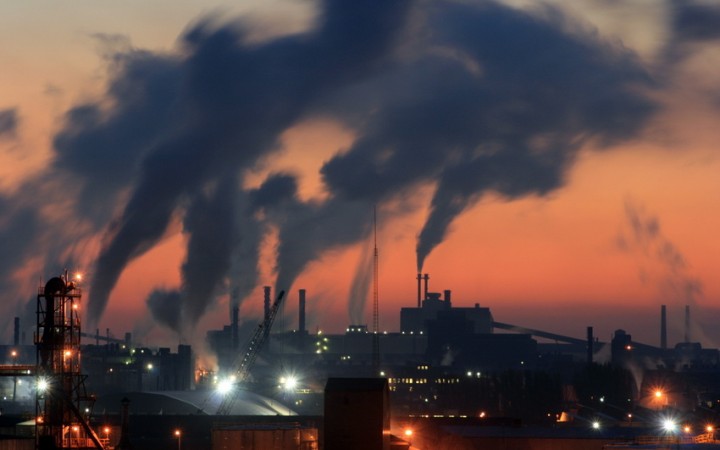
The Verkhovna Rada has adopted changes to the draft law 'On Environmental Impact Assessment.' What do these changes entail? First and foremost, they include digitization (which is indeed important) and a reduction in the assessment period from 216 to 67 days. However, certain risks may arise in this context. Post-war recovery with consideration of the scale of destruction will require a rapid pace, and undoubtedly, these changes will expedite this process to some extent. But the key is that this simplification should not be perceived as an opportunity for 'quick' irresponsible decisions.
The only effective prevention is public oversight. Most importantly, the changes to the draft law include permission for conducting public hearings in the format of video conferences during a state of war.
It's time for both businesses and the government, as well as any economic entity, to realize that public discussions are not a formality. They represent open dialogues with the public sector, which should provide answers to all pressing questions. Understanding the need to view public hearings as a dialogue, rather than a contest where everyone wins, is crucial.
Environmental Consequences of the War in Ukraine
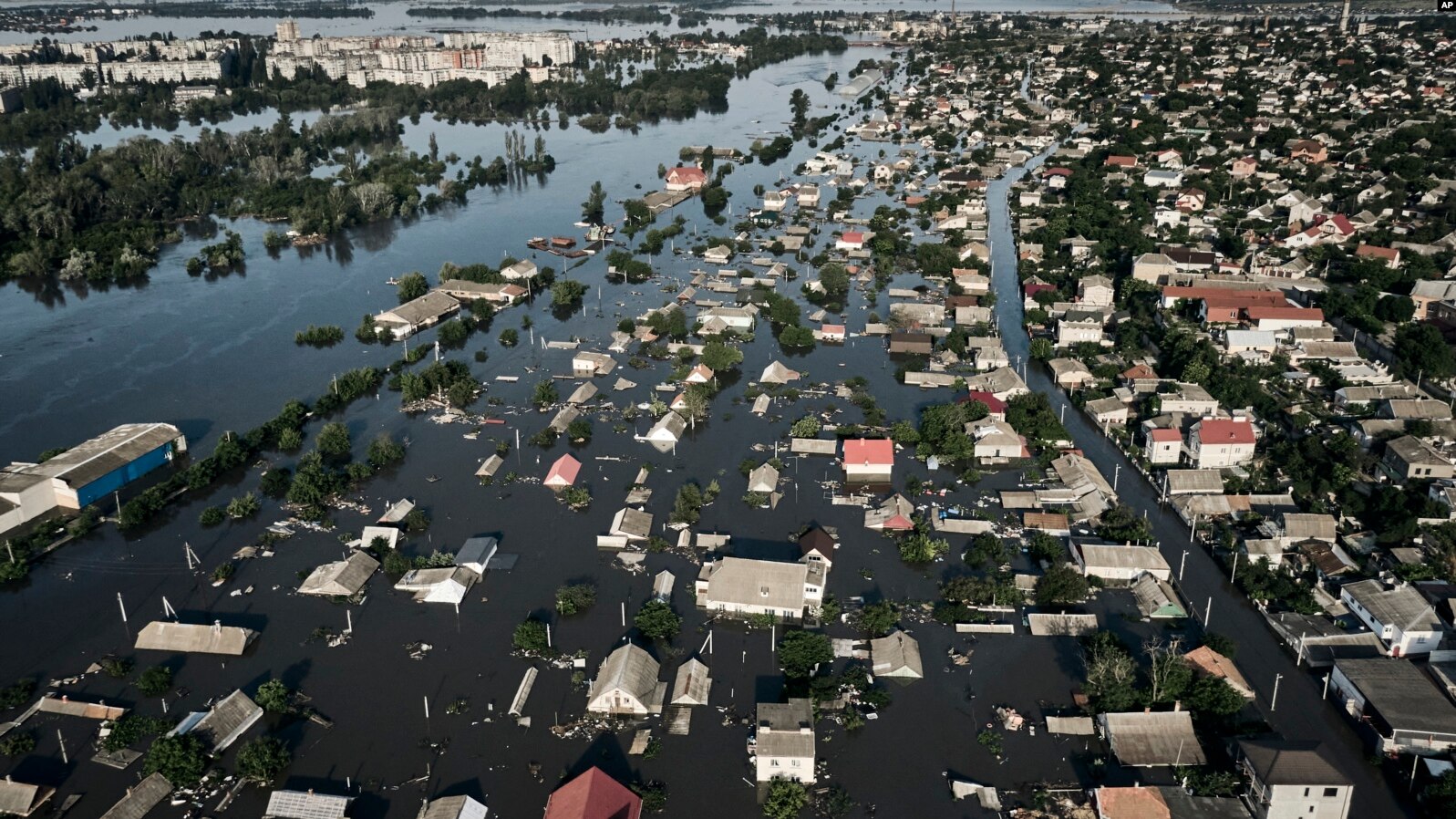
The environmental consequences of the war in Ukraine are horrifying. We may not even fully comprehend the scale of the environmental catastrophe. As Miroslav Gavranek, the director of the Czech Environmental Information Agency, pointed out, the war in Ukraine has already exceeded the impact of the atomic bombing of Hiroshima. To put it in perspective, we supposedly have two dropped nuclear bombs per month in this comparison.
"Such a comparison by our Czech colleague may not be entirely correct, but it is very illustrative," says Alevtina Hutsal, the director of the Ukrainian Environmental Crisis Fund. "Restoring Ukraine's environment after the war should encompass all environmental consequences. This is a task that spans not just one year but not even just one decade. To avoid mistakes on this path and expedite the recovery process, we need to collaborate as actively as possible with our Western colleagues and partners. International experience must be studied, analyzed, and adopted because we cannot afford to lose the fight for our environment," emphasized Alevtina Hutsal.
Garbage Sorting
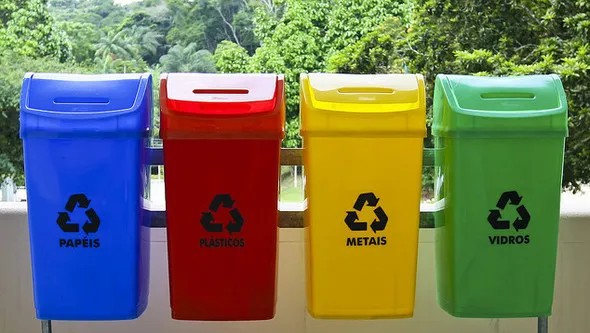
The new school year will begin soon. Like the previous one, it won't be easy. Many of our children will have to study remotely again, but a large number of young Ukrainians will be back in the classrooms. So, it's the perfect time to start visually demonstrating to children what environmental responsibility entails. "If you don't sort waste at your educational institution, initiate this practice. It's neither difficult nor expensive. However, the experience gained, which forms the habit of waste sorting, is invaluable," says Alevtina Hutsal, the director of the Ukrainian Environmental Crisis Fund. What do we have now? Ukrainians dispose of about 11 million tons of waste annually. Not more than 5 percent of it is recycled. In France, it's 40 percent; in Scandinavian countries, it's 50 percent; in Germany, it's over 60 percent. Switzerland recycles 100 percent of its glass.
Eco-Rammstein
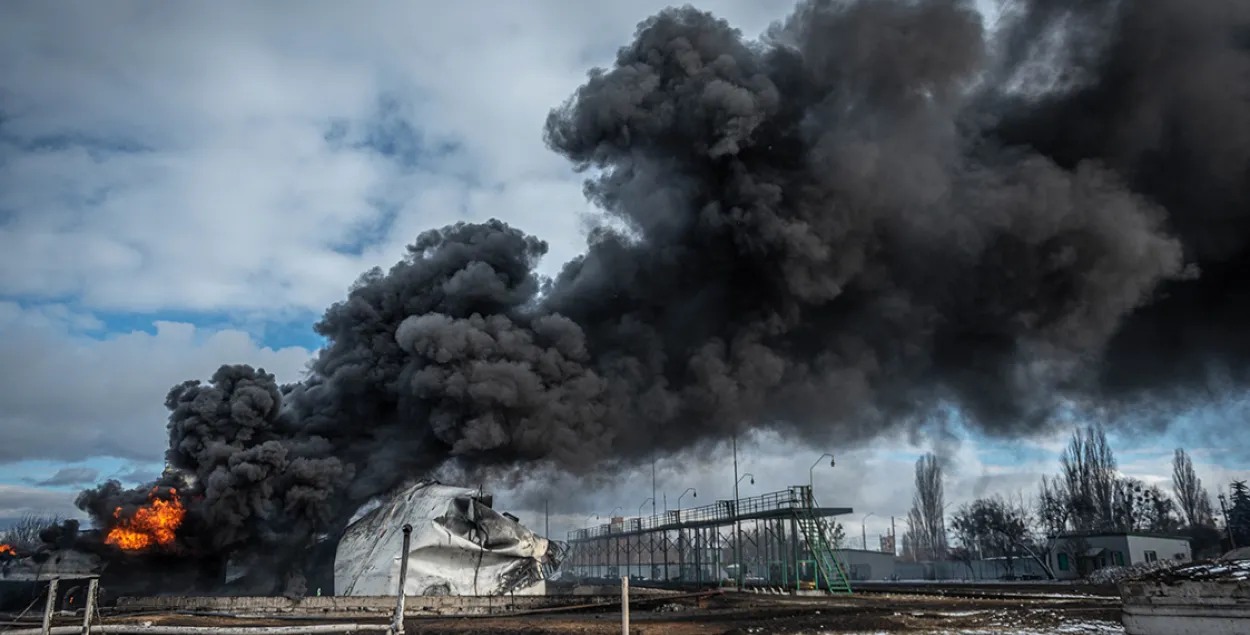
Over the course of more than 500 days of full-scale war, the losses to the environment and ecosystems of Ukraine amount to over 2 trillion hryvnias. According to the calculations of the Ministry of Environmental Protection and Natural Resources, one day of enemy invasion results in 102 million euros in damages to the Ukrainian environment. The consequences of Russian aggression for Ukraine's ecology are catastrophic. Overcoming them will take not years but decades. And this is not just our country's problem, as environmental terrorism knows no bounds or borders. That's why the Ukrainian Environmental Crisis Fund supports the idea of creating an Eco-Rammstein as an effective international platform to counter ecocide in Ukraine. This task is challenging but necessary. It requires incredible efforts at all levels and, undoubtedly, the support of all responsible foundations and civil organizations.
Biodiversity Monitoring
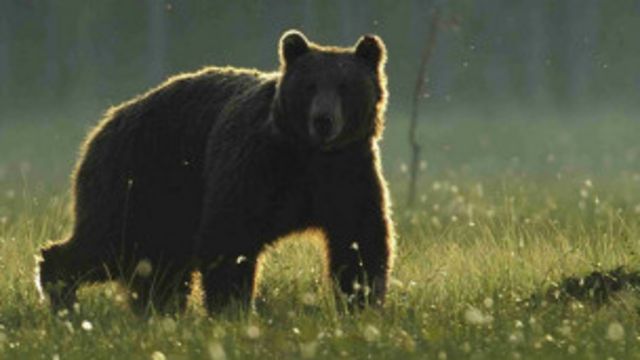
There's no need to reiterate the importance of preserving biodiversity. This is clear not only to experts but to every responsible individual. Now, let's talk about something else. Our losses in the living world since the beginning of the full-scale war are enormous. But do we know WHAT and HOW MUCH we have lost? The question remains unanswered because there is no biodiversity monitoring. Yes, there are some entirely objective reasons for its absence. However, if we don't know how many species of plants and animals are left in Ukraine, can we even talk about effective targeted species conservation? Without biodiversity monitoring, we can't even have an up-to-date and objective Red Book, which, unfortunately, will be much thicker than the previous one. The Ukrainian Environmental Crisis Fund appeals to all eco-activists, scientists, and concerned Ukrainians. If you have the opportunity to inform us about the losses of certain species of flora and fauna, please do so. We are trying to create an interactive map of losses in each region of Ukraine.
Lost Rivers
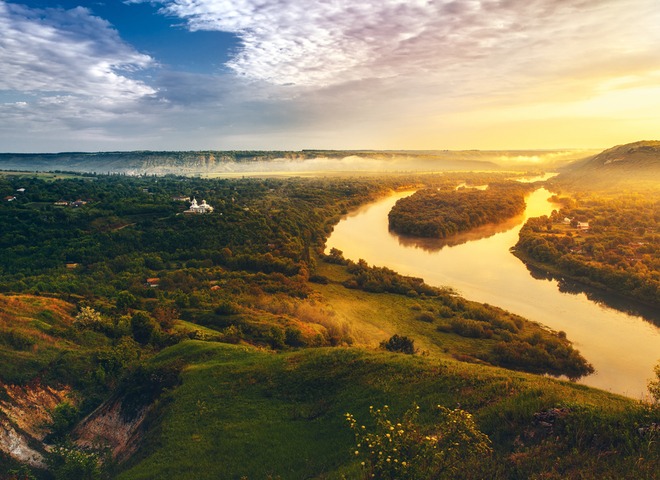
Ask your family and friends, 'How many rivers are there in Ukraine?' Few people know the answer to this question. In reality, Ukraine has 63,000 rivers. Surprised by the number? But the number of lost rivers over the past 30 years, we assure you, will astonish you. In the last 30 years alone, Ukraine has lost more than 10,000 small rivers. A grim statistic. 'The attitude toward small rivers in different communities varies from completely ignoring the problem to developing meaningful preservation strategies, as seen, for example, in Vinnytsia, where the city council approved a Concept for the Development of Small Rivers until 2035,' says Alevtina Hutsal, the director of the Ukrainian Environmental Crisis Fund. The problem is that small rivers, which we lose every year, cannot be fully restored. That's why delaying the development of effective strategies for their preservation is not an option, even in difficult times of war. And most importantly, these concepts should not remain on paper.